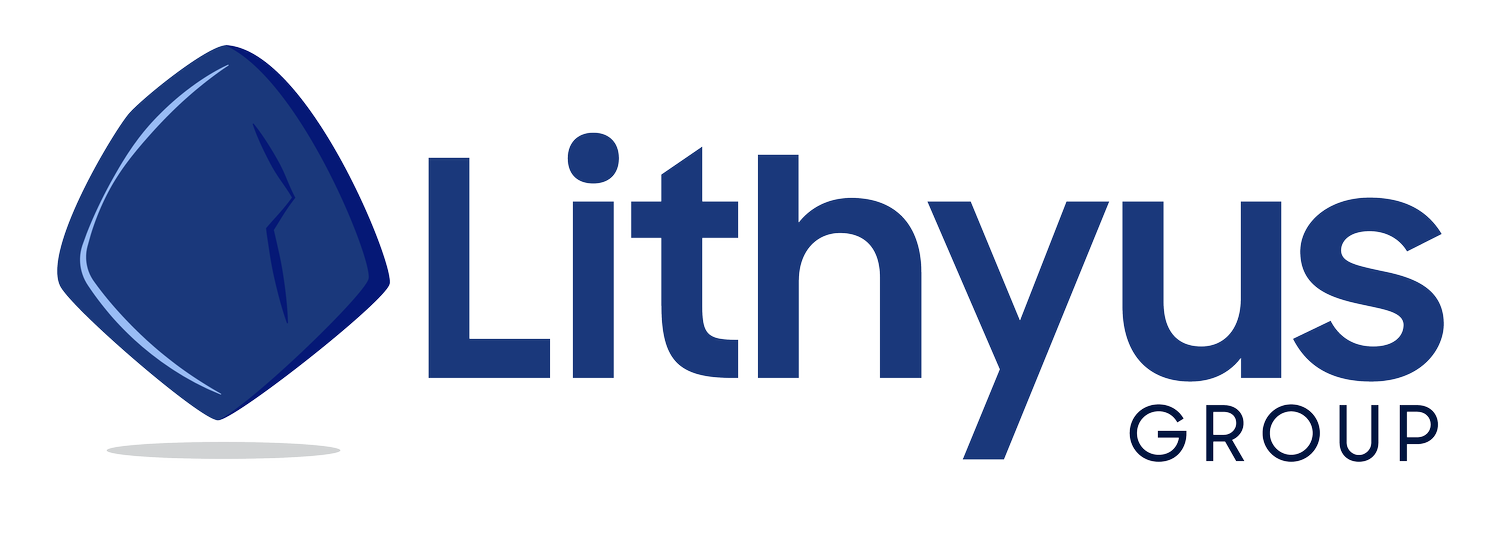How to Lead a Conversation (As The Learner)
Leaders can help their teams feel seen and heard. Great leaders know they need to communicate clearly, but when and how should they let the team speak? In this
article:
How to lead a conversation as the learner
How the medium can be part of the message
3 to Try - Three 20-minute actions for this week
How to lead a conversation as the learner
If you want to show someone you value them, ask them to teach a subject they know well to an audience they know you respect. A great place to start is with them teaching you about themselves and their work. However, without structure, typical boss/employee dynamics can arise. Have you ever begun a conversation just wanting to understand but ended up focusing on solutions to problems?
Your intentions may have been good, but the original intent was lost.
If you want to stay in Learner mode, recognizing how adults learn and structuring a conversation (or series of conversations) around that process may help. Bloom's Taxonomy is one way of describing the learning process. Early on, Remembering and Understanding are critical. Later, Applying the knowledge and Analyzing what happened provides context to raw facts. Finally, Evaluating at a distance and Creating new solutions puts your learning to work. The order is important. Each stage builds on its predecessors; the more time and energy invested in Remembering and Understanding, the better.
So if you want to remain in Learner mode but still drive a conversation, consider these tips:
Use the phrase "Tell me about..." frequently.
Confirm your understanding by asking, "Do I understand this correctly?" and then rephrase what you've heard.
Name the meeting "Remember and Understand."
Temporarily banish "What if..." from your vocabulary. (You can use it later)
How the medium can be part of the message
Can you remember the classroom seating arrangements from when you were in school? Perhaps the math teacher had students in neat rows, while language teachers arranged students in groups or all facing the center. Chemistry labs often placed students in pairs at a table. In each, the type of learning likely dictated the structure. The same principle applies in professional settings.
If you want to focus on the other person, face-to-face (virtual or in person) is the best choice. We wrote a few weeks back about how the increase in video conferencing is increasing Facetime for many workers previously invisible to management. Take advantage of this innovation and let the other person know you value the opportunity to see them.
When the subject matter is the focus, don't be afraid to meet outside the conference room - perhaps in front of the product or process you are discussing. If meeting virtually, insist on screen sharing so that you "see what they see." Ben Bomar, our president, occasionally goes off-camera during meetings, noting that sometimes that one change moves someone else's face to the Gallery View and the conversation becomes more inclusive for the team and educational for him.
3 to Try - Three 20-minute actions for this week
Try one or all of these suggestions to put yourself in the Learner mode this week.
Ask a trusted team member to educate you about a topic you know they know well.
Suggest meeting for 20 minutes and tell them you want to set aside any "boss" dynamics and just learn.
Perhaps promise that no action items will come out of the meeting. The focus is on learning.
Take a look at your last week of meetings. Specifically, ask yourself if the medium fits the message.
Go deeper than the "this meeting could have been an email" meme.
Did you end up focusing on the right topics?
How did the medium influence the dialogue?
Practice using Bloom's Taxonomy with a subject you are curious about.
How would you plan your Remember and Understand phases?
When would you move to Applying and Analyzing?
What signs of success would indicate you were ready to Evaluate and Create?
We can help you assess and address institutional knowledge and knowledge transfer within your organization, and we'd be honored to have the opportunity.
